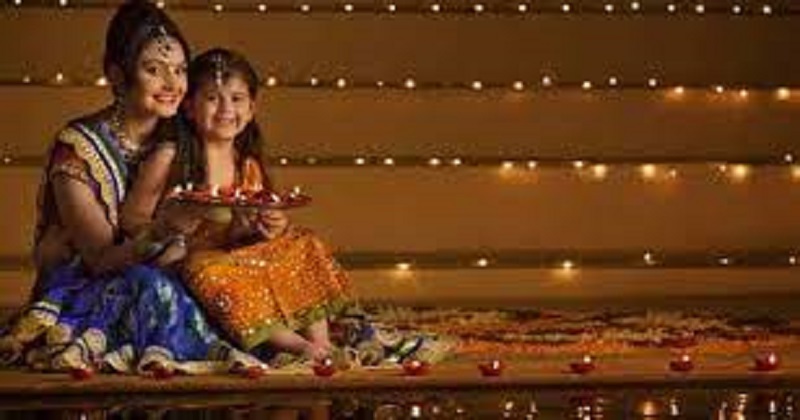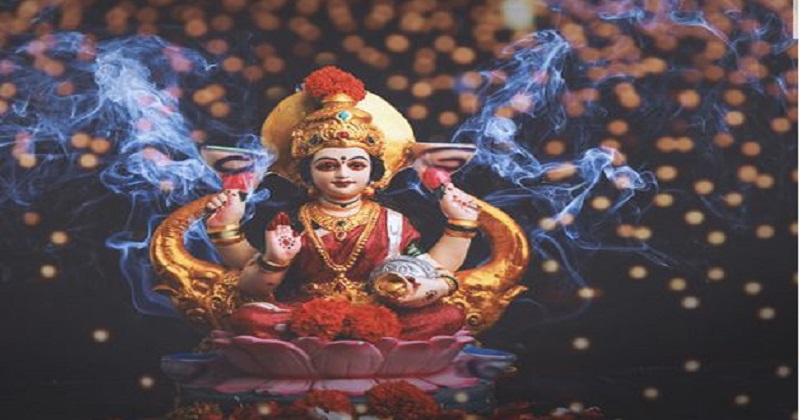
The season of fun, festivities, and sweets is upon us. Navratri, a nine-night Hindu holiday, hits soon, followed by Dussehra and Diwali. Although the pandemic has dampened the spirits of many, the festive season is officially here! Parents plan events to celebrate each festival with pujas (acts of worship) and paying reverence to different deities, but the kids are more excited about eating sweets and wearing new clothes.
The 9-day festival of Navratri
As one festival ends, another begins in the second half of the year. Every state celebrates Navratri in its own ‘unique’ way. In the west, Navratri is Celebrated with dandiya or garba, but in the south, it is celebrated with Bommai Golu’ the display of dolls, encircled by dancing dancers holding a lamp. There is a fast for nine days during Navratri in North India, while West Bengal associates it with gigantic Durga idols and elaborately crafted marquees.
‘Garba is a form of dance where women dance in circles around a pot containing a lamp. The word ‘Garbha’ in Sanskrit refers to a womb. The lamp represents life within the womb.
Kids need to know about Navratri
Many parts of the country observe a fasting festival, special pujas, and rituals associated with Navratri. In order for children to understand this festival, they must know why it is celebrated, how it came to be, and what its name means. In this way, they can better appreciate the festival and delve into its finer aspects.

India celebrates Navratri
In South India, during Navratri, friends and relatives gather to look at the Golu, which is a collection of different dolls and figurines in different shapes, colors, and sizes. There are several terms for this exhibition: Bombe Hadda is Nagastane’s name, Bommai Kolu in Tamil, Bomma Gullu is Malayalam, and Bommalu Koluvu is Telugu. Kids, isn’t it fascinating? Navratri is a time when people in north India exchange gifts including sweets, clothes, and household items. ‘Dancing with small bamboo sticks called dandiyas is an integral part of Gujarat’s Navratri celebrations. During the dance, men and women hit each other’s dandiyas.’
Navratri and Ayudhya Puja
Observed across many parts of southern India on the ninth day of Navratri, Ayudhya Puja is an important part of this celebration. In addition to the worship of Goddess Saraswati, all kinds of tools, books, music instruments, and automobiles are also honored. Vijaya Dashami is celebrated all over the country on the tenth day. In recognition of this important aspect, we have compiled nine facts about Navratri that every kid should know. It will be a surprise and awe for kids and even adults to learn about the different forms of Shakti worshipped during the festival and how they are celebrated in different states.
Read more: Navratri 2021 Day 1 -Puja vidhi, Mantra, Color & Prasad
What kids need to know about Navratri
- Navratri is made up of two Sanskrit words – Nav, meaning nine, and Ratra, meaning night. Since this festival is celebrated across the country during nine consecutive nights, it is known as Navratri, or the Nine Nights Festival.
- During the nine days of Navratri, Goddess Durga and her incarnations are worshipped. According to legend, each of these nine Goddesses has immense power, and together, they make up Goddess Durga. Shailaputri, Brahmacharini, Chandraghanta, Kushmanda, Skanda Mata, Katyayani, Kalaratri, Mahagauri, and Siddhidatri make up the nine Goddesses.
- There are five Navratris every year. Indeed… March/April, June/July, September/October, December/January, and January/February are the months when Navratri can be celebrated. The most popular and widely observed Navratri is Sharad Navratri, which occurs between September and October.
- It is believed that Navratri commemorates the victory of Goddess Durga over the demon Mahishasura. Deities created Goddess Durga to end demons’ atrocities. During the ninth and tenth days and nights of their battle, Mahishasura and the goddess Durga went back and forth battling until the buffalo-headed demon was finally defeated by the goddess.
- After reading about how Goddess Durga defeated Mahishasura, a buffalo-headed demon king, another interesting fact comes to light. Many parts of India sacrifice an animal in celebration of a victory.
- People around the world worship their livelihoods and tools of work on the ninth day of Navratri. In South India, known as Ayudha Puja, computers and software books are worshiped along with vehicles and machinery.
- As per the Hindu lunar calendar, Navratri falls at different times each year. As per tradition, the festival begins on Pratipada, the first day of the lunar month Ashwin that falls in September or October. The festival of Dussehra follows almost immediately after Navratri.
- Navratri is celebrated with Ram Lila (a dramatic folk reenactment of Lord Rama’s life) in many parts of North and West India, culminating in the burning of Ravana effigies during Dussehra. The victory of Lord Ram over Ravana is symbolized by this.
- Legend has it that the Gods granted Goddess Durga nine days to visit her mother once a year. The festival celebrates the happy reunion between mother and daughter.
- Navratri is more than just a festival. Kids should realize that it is so much more – it is a time where they can learn more about the rich culture, customs and traditions of our country. It gives parents, kids, and others a chance to bond, rest, renew and celebrate during the nine days of Navratri.

Post Your Comments